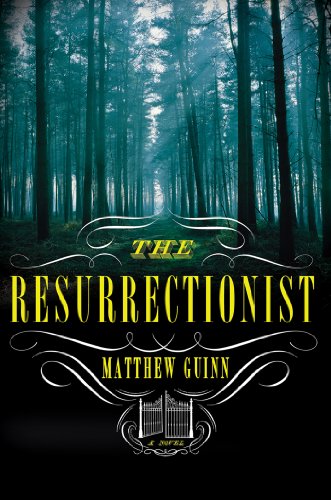The Resurrectionist
Matthew Guinn’s fascinating, occasionally macabre, and engrossing novel offers a story of redemption and renewal while revealing the uncomfortable details about the historical practice of procuring human cadavers for doctors in training.
Jacob Thacker, a doctor at a South Carolina medical college, is on probation for drug abuse. When construction workers find human bones in the foundation of a campus building, Jacob embarks on an investigation about them and the school’s history with cadaver acquisitions. He discovers a ledger noting a Nemo Johnson, a slave purchased in the late 1850s, and following that, a strange absence of cadaver purchases by the school.
Bought by the seven-member faculty of the college, Nemo was a “resurrectionist,” employed to procure cadavers – a task he accomplished by raiding cemeteries. He works alongside a campus instructor – Dr. Johnson, the owner who gifted him with his surname – and gains a medical education right along with the white students.
Guinn’s story alternates between the two characters, even changing narrative style for each: present tense for Jacob, past tense for Nemo. Both arcs, however, are articulated with unvarnished detail about cadavers, anatomy classes, and medical training. The squeamish might feel faint but the scenes never verge on grotesque or outrageous; Guinn’s skill is in presenting a discomforting reality while not out-and-out disgusting the reader. Inspired by a real case, Guinn’s novel touches upon the unsavory history many institutions wish to forget while wrestling with the long legacy of race, power, and privilege in the South.










